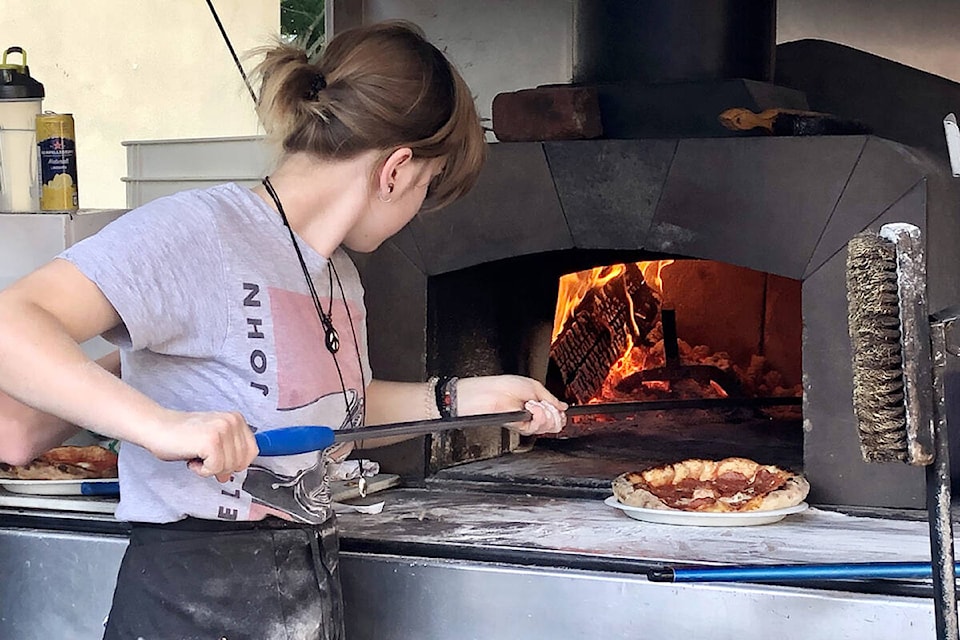BY ALIMA KHOJA
Have you ever wandered around Nanaimo and wondered why there isn’t a more vibrant food scene in places such as the downtown core? Well the answer could be that Nanaimo needs a food-centric urban space that celebrates creative culinary options and invites visitors into a welcoming and interesting locale. It is difficult to deny the potential of how a food-centric urban space can revitalize a neighbourhood into a vibrant culinary centre which not only provides indulgence to the senses but also develops deeper sense of connection and community among the residents. That said, how can we foster the potential of Nanaimo’s food culture through the introduction of a new food-centric urban space?
First off, let’s define what a food-centric urban space is. I would define it as a section of an urban environment that promotes food-related activities, experiences and amenities. These often include restaurants, cafés, food trucks, urban gardens and cultural events centred on food. The goal is to promote culinary diversity and community engagement. Now let’s look at the potential of such a space to see the value that exists beyond what we already know anecdotally. One massive opportunity within creating a food-centric urban space is the tourism potential. Currently, sampling local food options or dining out at a restaurant or bar was ranked within the top five activities for domestic and international travellers to B.C. More specifically, Canadian high-value travellers (i.e. affluent travellers) rated trying local food and drink as their top activity of choice when travelling within Canada. Furthermore, establishing a food-centric public space can contribute to the economy of the city, generating revenue from not only travellers, but also through the domestic market locally and farther abroad. Additionally, this can serve to support local residents by acting as an incubator for culinary talent and small business success.
Culinary spaces have been seen to have a varied impact on communities. At a micro level, they promote social interactions, unity and cultural richness. At the macro level, they connect regions by utilizing local products which in turn helps to accelerate urban appeal. Supporting the establishment of a food-centric urban space not only helps to create opportunity for residents, visitors and businesses, it also has the opportunity to support local food systems through the sourcing of local produce. Beyond the direct benefit to the businesses within the food-centric urban space, it’s been shown that these areas can have a positive revenue-generating effect on surrounding retail establishments as well.
To promote a food-centric urban space in Nanaimo, urban design concepts and creative policy making should be incorporated to promote a pedestrian-friendly environment. Designated streets can be planned to promote a street food culture in the town that provides patrons with covered food courts, adequate seating, green spaces and cultural attractions. Landscaping and street furniture can also play an important role.
There’s no doubt in the power of a strong and vibrant food scene in any city, big or small. Nanaimo needs to elevate its public spaces in a way that not only supports the culinary sector, but celebrates it in a way that people will love. That way is through the design and implementation of a food-centric public space that merges culinary gems with diverse amenities to create a truly memorable experience.
Alima Khoja is a master of community planning student at Vancouver Island University.
